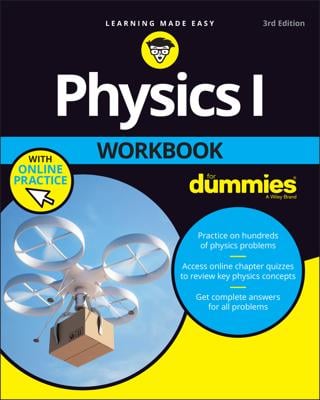One major prediction of string theory is that a fundamental symmetry exists between bosons and fermions, called supersymmetry. For each boson there exists a related fermion, and for each fermion there exists a related boson. (Bosons and fermions are types of particles with different spins.)
Finding the missing sparticles
Under supersymmetry, each particle has a superpartner. Every boson has a corresponding fermionic superpartner, just as every fermion has a bosonic superpartner. The naming convention is that fermionic superpartners end in “–ino,” while bosonic superpartners start with an “s.” Finding these superpartners is a major goal of modern high-energy physics.
The problem is that without a complete version of string theory, string theorists don’t know what energy levels to look at. Scientists will have to keep exploring until they find superpartners and then work backward to construct a theory that contains the superpartners. This seems only slightly better than the Standard Model of particle physics, where the properties of all 18 fundamental particles have to be entered by hand.
Also, there doesn’t appear to be any fundamental theoretical reason why scientists haven’t found superpartners yet. If supersymmetry does unify the forces of physics and solve the hierarchy problem, then scientists would expect to find low-energy superpartners. (The search for the Higgs boson has undergone these same issues within the Standard Model framework for years. It has yet to be detected experimentally either.)
Instead, scientists have explored energy ranges into a few hundred GeV, but still haven’t found any superpartners. So the lightest superpartner would appear to be heavier than the 17 observed fundamental particles. Some theoretical models predict that the superpartners could be 1,000 times heavier than protons, so their absence is understandable (heavier particles often tend to be more unstable and collapse into lower-energy particles if possible) but still frustrating.
Right now, the best candidate for a way to find supersymmetric particles outside of a high-energy particle accelerator is the idea that the dark matter in our universe may actually be the missing superpartners.
Testing implications of supersymmetry
If supersymmetry exists, then some physical process takes place that causes the symmetry to become spontaneously broken as the universe goes from a dense high-energy state into its current low-energy state.
In other words, as the universe cooled down, the superpartners had to somehow decay into the particles we observe today. If theorists can model this spontaneous symmetry-breaking process in a way that works, it may yield some testable predictions.
The main problem is something called the flavor problem. In the standard model, there are three flavors (or generations) of particles. Electrons, muons, and taus are three different flavors of leptons.
In the Standard Model, these particles don’t directly interact with each other. (They can exchange a gauge boson, so there’s an indirect interaction.) Physicists assign each particle numbers based on its flavor, and these numbers are a conserved quantity in quantum physics.
The electron number, muon number, and tau numbers don’t change, in total, during an interaction. An electron, for example, gets a positive electron number but gets 0 for both muon and tau numbers.
Because of this, a muon (which has a positive muon number but an electron number of zero) can never decay into an electron (with a positive electron number but a muon number of zero), or vice versa. In the Standard Model and in supersymmetry, these numbers are conserved, and interactions between the different flavors of particles are prohibited.
However, our universe doesn’t have supersymmetry — it has broken supersymmetry. There is no guarantee that the broken supersymmetry will conserve the muon and electron number, and creating a theory of spontaneous supersymmetry breaking that keeps this conservation intact is actually very hard. Succeeding at it may provide a testable hypothesis, allowing for experimental support of string theory.

